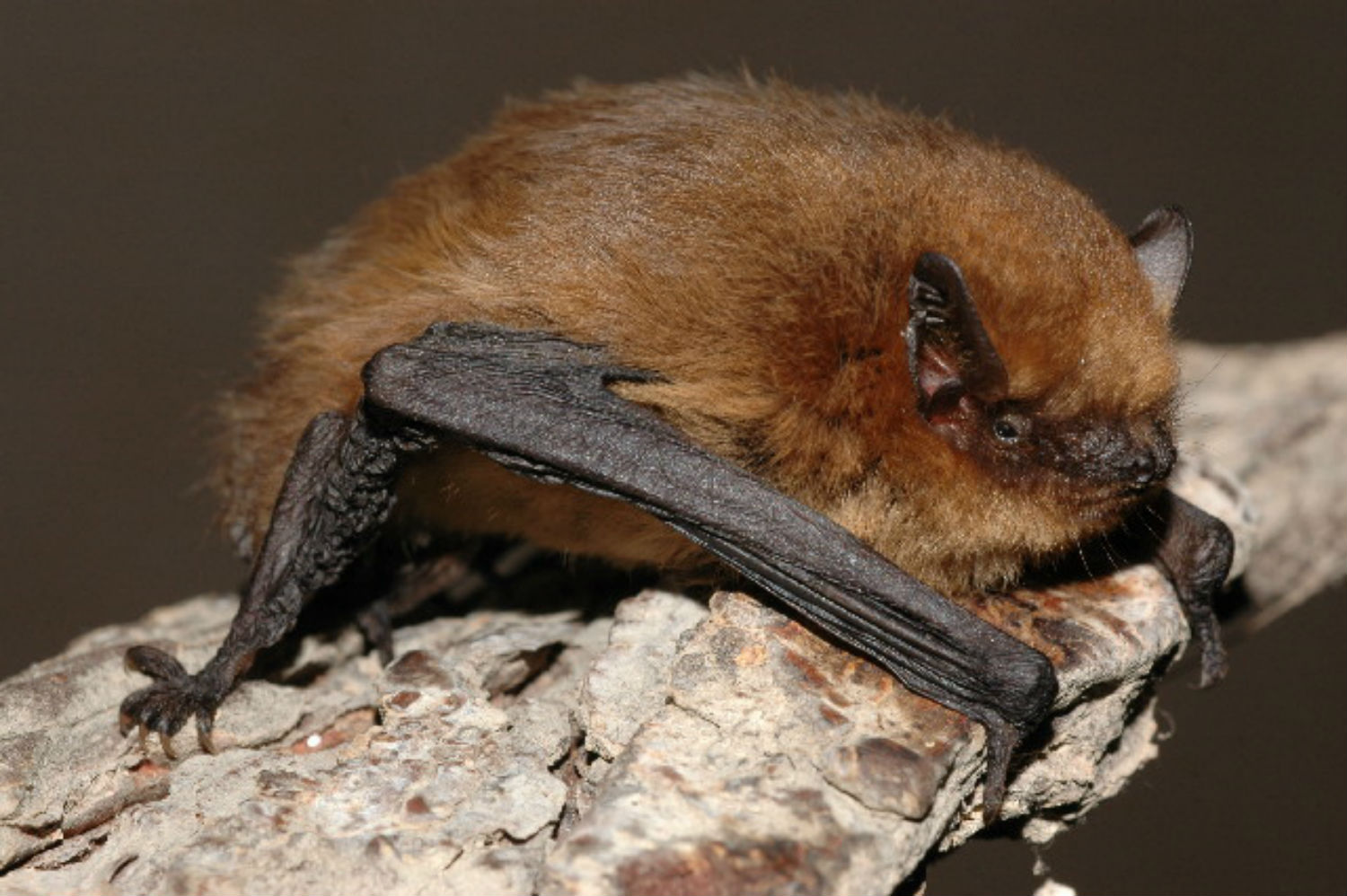AS if chainsaws and falling trees were not dangerous enough, it has emerged that a Forestry Commission worker was savaged – by a bat.
The quango made the startling revelation when it was asked under the Freedom of Information Act to provide details of animal attacks on staff.
Alongside more than a dozen attacks by dogs over the past six years, the commission revealed that a worker in England fell victim to a bat attack last year.
A table listed 16 dog attacks since 2002, with this year and 2015 the worst with four each.
The same table, for the year 2016, contained the single and surprising word “bat”.
Quoting data protection laws, the commission has flatly refused to provide any more detail about the incident so the location and extent of the worker’s injuries remain unknown.

Joe Nunez-Mino, from the Bat Conservation Trust, said it was most likely the attack was in self-defence.
He said: “For an attack to happen it would probably be if someone was trying to handle a bat. Bats, like any other mammal, will try to protect themselves.
“That is when bats are at their most dangerous. We would always recommend wearing gloves if you have to handle one.”
When asked if bat attacks in the UK were a frequent occurrence, Joe said: As far as I’m aware bat attacks are not very common at all.”
There are 18 different species of bat living in the UK, 17 of which are known to be breeding here.
It is thought the attack could have been from a common pipistrelle, as they are the most widespread in Britain – with an estimated population size of 2,430,000.
The common pipistrelle is a ferocious predactor, eating up to 3,000 insects a night. But it is unlikely to inflict life-threatening injuries on a human given its weight up to eight grams.
The tiny creatures live in woodlands and hedgerows, and tend to roost in tree holes and crevices.

Males also defend individual territories during mating season, protecting roosts and attracting females by making repeated “songflights” around their roost.
In May this year a man died and more than 40 people were treated for possible rabies exposure in Brazil, after an alarming spare of attacks by vampire bats.
The outbreak was the largest wave of attacks ever registered in the region, and was attributed to a rise in the bat population nesting close to humans.
If you find an injured bat or need any advice call the National Bat Helpline on 0345 1300 228.
The Forestry Commission in Scotland refused to provide any details of animal attacks on its staff.

